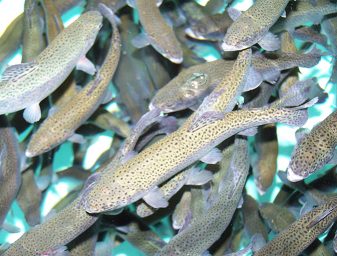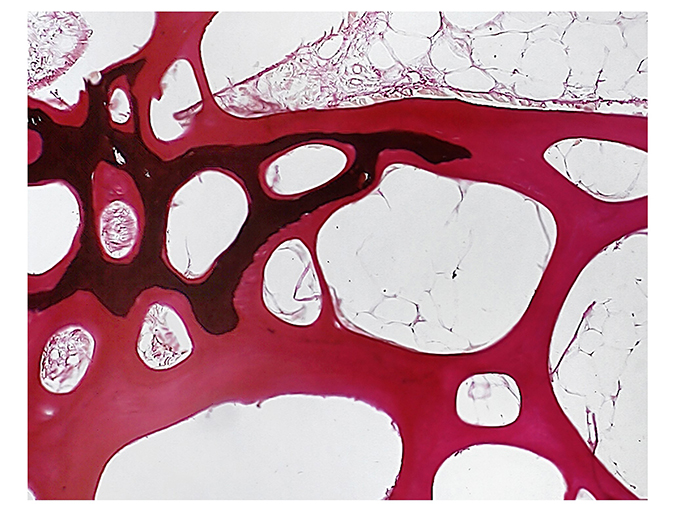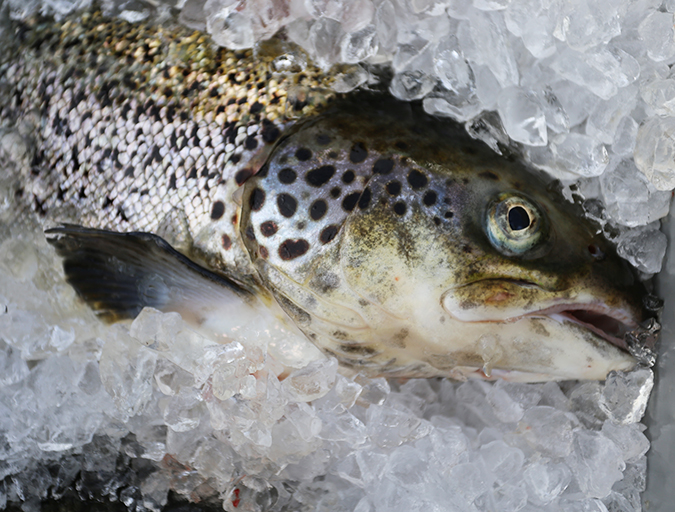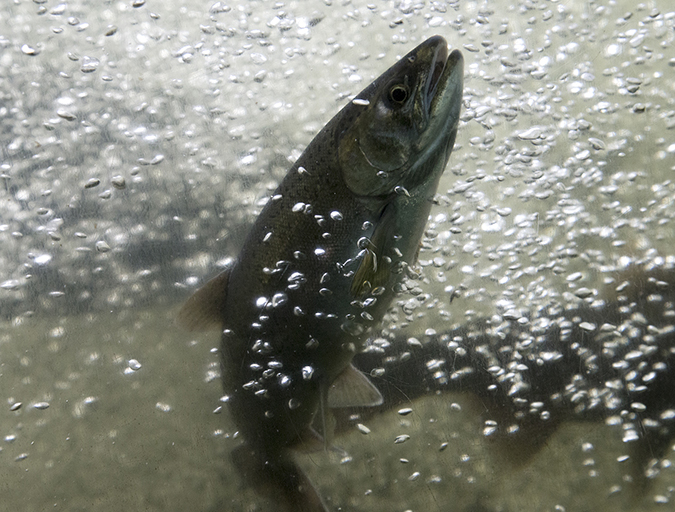Biannual conference kicks off in Sun Valley, Idaho, on June 5

The International Symposium on Fish Nutrition and Feeding (ISFNF) begins on June 5 in Ketchum, Idaho, and the 2016 event’s organizer says the 17th edition promises to deliver a glimpse at the future of aquafeeds using sustainably produced ingredients sourced from both the sea and the land.
According to Dr. Ronald W. Hardy, director of the Aquaculture Research Institute at the University of Idaho, there will be approximately 80 (eighty) 15-minute oral presentations over the course of the six-day event. Topics will include fish nutrition and health, feed resources, cellular and molecular nutrition, nutritional modeling, nutrigenomics and effective feeds for quality consumer products.
Hardy told the Advocate that the aquafeed sector has been especially innovative in aiding the aquaculture industry’s sustainability aspirations, including formulating feeds with a lessened dependency on fishmeal and fish oil. Major strides have been made in this field over the past decade, he said, when fishmeal and fish oil supplies became limited.
“When aquaculture got going in the 1980s and ‘90s, fishmeal constituted a major proportion of the feeds and the industry accounted for 10 to 12 percent of the global supply,” Hardy said. “Now we use 85 percent — we’re squeezing out other users because we are willing to pay more.”
Paying more for fishmeal was a necessity, as the price per metric ton increased from historical averages between $400 and $800 to nearly $2,000. As a result, feed producers like Skretting and Cargill have examined and employed alternative ingredients, namely seed meals like soy, wheat, corn, canola, grapeseed, cottonseed and a wide range of byproducts.
“All of animal feeding is based on byproducts,” Hardy said. “The fish we like tend to be carnivorous. Their digestive capacity is different from land animals — they eat fish. When you switch over to seed ingredients, there’s some big issues including nutrients that are no longer present.”
Those missing nutrients include the ever-important omega-3 fatty acids. At least one recent study indicated that the shift to more plant-based ingredients may negatively impact the environment and human health, as the product’s nutritional makeup may have changed.
“The only real source of [omega-3s] is fish oil. With the growing demand for seafood, we have to come up with new ways to make that happen, such as marine algae, where the fatty acids come from in the first place,” Hardy said.
A total of 238 abstracts were received for the event, for which the U.S. Department of Agriculture will serve as the platinum sponsor. There will also be four 30-minute invited lectures and a number of recreational opportunities for attendees. Oral presentations will include:
- Microbiota and Gut Health in Atlantic Salmon (Salmo salar)
- Systemic Adaptation of Lipid Metabolism in Response to Low and High Fat Diet in Nile Tilapia (Oreochromis niloticus)
- Comparative Dietary Soybean Meal Utilization in Rainbow Trout, Red Drum and Cobia
- Biosynthesis of Very Long-Chain Polyunsaturated Fatty Acids in Juveniles of Gilthead Sea Bream (Sparus aurata)
Author
-
James Wright
Editorial Manager
Global Aquaculture Alliance
Portsmouth, NH, USA
[103,114,111,46,101,99,110,97,105,108,108,97,97,103,64,116,104,103,105,114,119,46,115,101,109,97,106]
Tagged With
Related Posts

Health & Welfare
Judicious use of phosphorous key to farmed fish health
Dietary phosphorus is essential for growth and healthy skeletal development of farmed fish. Fish health, limited availability and environmental concerns all urge modern aquaculture to handle phosphorous resources wisely and sustainably.

Aquafeeds
Why I chose to judge the F3 challenge
In an opinion piece for the Advocate, the director of ocean sustainability science at the New England Aquarium talks about the F3 Challenge and what the first X Prize for aquaculture could do for the industry: drive innovation.

Aquafeeds
Fishmeal-free Atlantic salmon feed formulation shows promise
A recent study evaluated the effects of a fishmeal-free diet on Atlantic salmon performance and fillet quality during successful growout to market-size in a commercial-scale, land-based, closed-containment system using water recirculation technology. Test fish performed well, with 97 percent survival during the 10-month growout period.

Intelligence
U.S. organic aquaculture standards inch along
Could the labyrinthine U.S. government approval process be nearing an end? Or could organic seafood encounter more delays? Both scenarios seem possible, considering the political opposition and the slight bending of organic principles that would be necessary.


